
The Disney Snore
How a glut of content crippled the greatest theatrical empire the world has ever seen.
Author’s note: This is a relatively long essay, so I’m upending the standard analysis/links/assigned viewing format just this once. But we had an audio version of this discussion on Across the Movie Aisle this week you may enjoy. (We also reviewed Silent Night for this Friday’s episode, if you’re into that sort of thing.) And check out my review of The Holdovers, on VOD now.
—SB
Prologue: Who Wants to Gut a Golden Goose?
In the late 1990s, Disney-owned ABC was in a rut. Then, from across the pond, came an unlikely hit: Who Wants to Be a Millionaire? It was the highest-rated program of the summer of 1999 and the highest-rated show for the 1999–2000 season, playing a key role in ABC’s November sweeps strategy.
The success was driven in large part by the show’s status as an event. “Both Michael Davies and Paul Smith [who developed the show for ABC] had always felt that ‘stunting’—running the show on consecutive nights at infrequent intervals—was essential to build suspense, maintain viewer curiosity, and keep ‘Millionaire’ an ‘event,’” James B. Stewart wrote in his book DisneyWar. ABC officials agreed with Davies and Smith, presenting Bob Iger, then ABC’s chairman, with a plan to keep Millionaire’s event status secure. Iger cut them off at the knees.
“Michael [Eisner, then-Disney CEO] and I have already decided. We’re going to run ‘Millionaire’ three nights a week.”
The executives were stunned. And, in retrospect, correct to be concerned. As anyone who remembers TV at the time will tell you, this was a disastrous decision: the golden goose was gutted, development funds were diverted from pilots because ABC planned on Millionaire eating up a ton of broadcast hours, audiences fled to sexier fare like CBS’s Survivor and CSI (both of which Disney had a chance to develop and passed on), and by 2002, the primetime iteration of Who Wants to Be a Millionaire? had been canceled.
The Good Times
Reading Stewart’s book earlier this year, I couldn’t help but think of the mess Disney has found itself in with its once-invulnerable Marvel Cinematic Universe. In the single greatest act of production prowess since the decline of the studio system, Kevin Feige created an unprecedented critical and commercial franchise monster. Since 2008’s Iron Man, the 33 films have grossed nearly $30 billion worldwide altogether (if you count Sony’s Spider-Man films); 10 individual entries have grossed at least a billion dollars; and, with only two exceptions, the films have all notched “fresh” ratings from critics on Rotten Tomatoes. Disney captured a third of the domestic box office in 2019, and just two Marvel movies accounted for a third of Disney’s take that year.
The reason the MCU worked is simultaneously remarkably complex and deceptively simple. The complex: In MCU: The Reign of Marvel Studios, authors Joanna Robinson, Dave Gonzales, and Gavin Edwards catalog a witches’ brew of casting prowess, complete storytelling control, special effects advances, and production cleverness that built extra time into the filmmaking process for reshoots. The simple: The MCU was, effectively, a TV series, albeit one that produced just two or three nine-figure episodes per year and imbued each of those episodes with the resonance and stakes of a season finale. The characters bled into each other’s films both via supporting roles and mid-credits cameos, echoing the connected universe feel of the comics; the series’ house style maintained a consistent visual aesthetic from film to film; and Feige was able to control which stories rolled out in which films, sometimes switching them up just before production began.
But something has changed. The latest installment, The Marvels, will likely gross less than its production budget, the first film in the franchise to meet that sorry fate. Ant-Man and the Wasp: Quantumania, out this past summer, underwhelmed, grossing less than half a billion dollars. Neither Eternals nor Shang-Chi nor Black Widow blew the doors off the box office, though they had a built-in excuse of exhibition’s post-COVID hangover. And critical enthusiasm seems to be waning as well: both of the “rotten” MCU films were released in the last couple of years, and The Marvels is only barely fresh at 61 percent (as of this writing).
The Glut
Allow me to suggest that Disney and Bob Iger did not learn their lesson from the Who Wants to Be a Millionaire? debacle a couple of decades back. The issues with the MCU are varied—including, again, a loss of momentum thanks to COVID shutting down theaters for a year not long after Avengers: Endgame put a capstone on Iron Man and Captain America’s stories—but the biggest is, simply, overextension. What was once a relatively easy-to-follow series that was structured a bit like a limited series TV show is now a limited theatrical series plus a seemingly endless deluge of actual TV shows on Disney+. Whereas the MCU always used to studiously ignore Marvel’s televisual productions—including Netflix’s Daredevil-centered universe of shows and ABC’s Agents of S.H.I.E.L.D.—now Kevin Feige is being asked to incorporate characters and arcs from WandaVision and Ms. Marvel and Falcon and the Winter Soldier and She-Hulk and Hawkeye and Loki into the movies.1
This is simply too much stuff for the casual Marvel fan to keep track of, and in order to gross a billion dollars—the amount you need to compensate for the $200 to $300 hundred million budgets—you need to capture the casual and the hardcore alike. In combination with audiences tiring of the superhero genre writ large and a concurrent decline in quality thanks to shoddy special effects and COVID-related filming restrictions, who can blame viewers for waiting to see the latest episode of MCU TV where they watch the rest of their TV: on their actual television, via the Disney+ subscription they pay $140 a year for?
At least the MCU is still churning out a handful of hits (Guardians of the Galaxy, Vol. 3, Thor: Love and Thunder, and Doctor Strange in the Multiverse of Madness averaged around $850 million worldwide). Disney’s issues in the world of animation are far more pronounced: Wish, Lightyear, and Strange World will all likely result in nine-figure losses for the Mouse House. Their biggest recent win was Elemental, a movie that might hit something close to break even.
The Dodge
Some suggest Disney’s issues are, at root, political: “go woke, go broke” is the mantra from social conservatives vexed by the existence of a two-mother family in Lightyear or gay children in Strange World. In his newsletter last week, Puck’s Matthew Belloni admitted to hearing annoyed sighs during Strange World. Meanwhile, year-over-year trends in the Axios-Harris Poll 100 suggest that Disney’s fight with Ron DeSantis has hurt the company with Republicans and helped it with Democrats; it fell 12 spots on this year’s ranking of America’s 100 most visible brands and is now the fifth-most-polarizing company on the list. Iger, who regained his status as Disney CEO a year ago, has leaned into this critique himself, saying at a recent DealBook summit that the company’s creative partners “lost sight of what their number one objective needed to be … we have to entertain first. It’s not about messages.”
Given that Iger himself chastised his short-term replacement at CEO, Bob Chapek, for not vocally standing with Disney employees during the fight over Florida’s so-called “Don’t Say Gay” law, this is a little rich. Indeed, one might even suggest that the reason he’s ceding this ground is to distract from the real problem: the streaming service Disney+.
During the pandemic, Disney+ was a godsend for the company and parents alike, as Pixar movies like Soul, Luca, and Turning Red went straight to the service to boost subscriptions. Between this defensible-but-shortsighted move and the ever-briefer window between theatrical releases and streaming debuts, families are, understandably, simply waiting to watch these movies on streaming. I hear it time and again: there’s no rush to see something mediocre like Wish because it’ll just be on streaming soon anyway. Disney has gone from owning nearly 38 percent of the domestic box office in 2019 (if you include 20th Century Studio’s grosses, which Disney acquired from Rupert Murdoch’s NewsCorp that year) to just 17 percent this year.
I remain, frankly, skeptical that that decline is entirely, or even largely, due to Disney alienating conservative audiences. Yes, it probably plays some role at the margins, but if the reaction against Disney were really that visceral we’d have seen some impact on Disney+’s subscription numbers, and in North America, they’ve held pretty steady: down 300,000 in the third fiscal quarter of this year; up 500,000 in the fourth fiscal quarter; and consistently fluctuating between 46 and 47 million subs. Meanwhile, Disney’s “Experiences” division—that is, parks, cruises, etc.—saw revenues increase 13 percent in the most recent quarter. This isn’t a Bud Light situation, is what I’m saying; it doesn’t even rise to the level of the short-lived spike of Netflix cancellations spurred by the streamer’s atrocious marketing of the French indie film Cuties.
But it does give Iger and company an out, a dodge. Admitting that pushing animated movies directly to streaming and flooding the zone, Who Wants to Be a Millionaire?-style, with mediocre Marvel and Star Wars shows for Disney+ were mistakes that tanked theatrical revenues would involve folks in the C-suite taking responsibility for badly messing up the whole brand’s content strategy. Fobbing off responsibility onto animators who demanded Chapek pick a fight with DeSantis and creatives who insisted on adding gay characters to various animated features is much easier and less likely to cost anyone their bonuses.
The big question, then, is whether Disney can buy itself some cheap goodwill by announcing a retreat from the culture wars while also quietly instituting a strategic shift that will both renew Disney’s theatrical efforts and maintain its foothold in streaming. I don’t envy Iger and his colleagues their task; the movie business has always been tough, and the post-COVID landscape is especially unforgiving. But it’s a mess of their own making, and one that won’t be cleaned up easily.
The once-storied Star Wars empire, meanwhile, has seemingly abandoned theatrical releases in the face of corporate indecision and hostility toward The Last Jedi, Solo, and The Rise of Skywalker; the brand has been reduced to a hodgepodge of streaming shows, some good (Andor, The Mandalorian), some bad (The Book of Boba Fett, Obi-Wan), few with lasting impact beyond the introduction of “Baby Yoda” into the lexicon. That the state of Star Wars is relegated to a footnoted aside in a lengthy essay about the state of Disney should tell you something about how things are going.


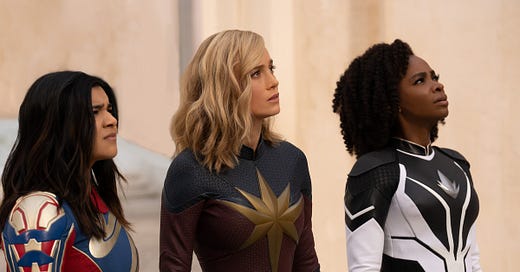



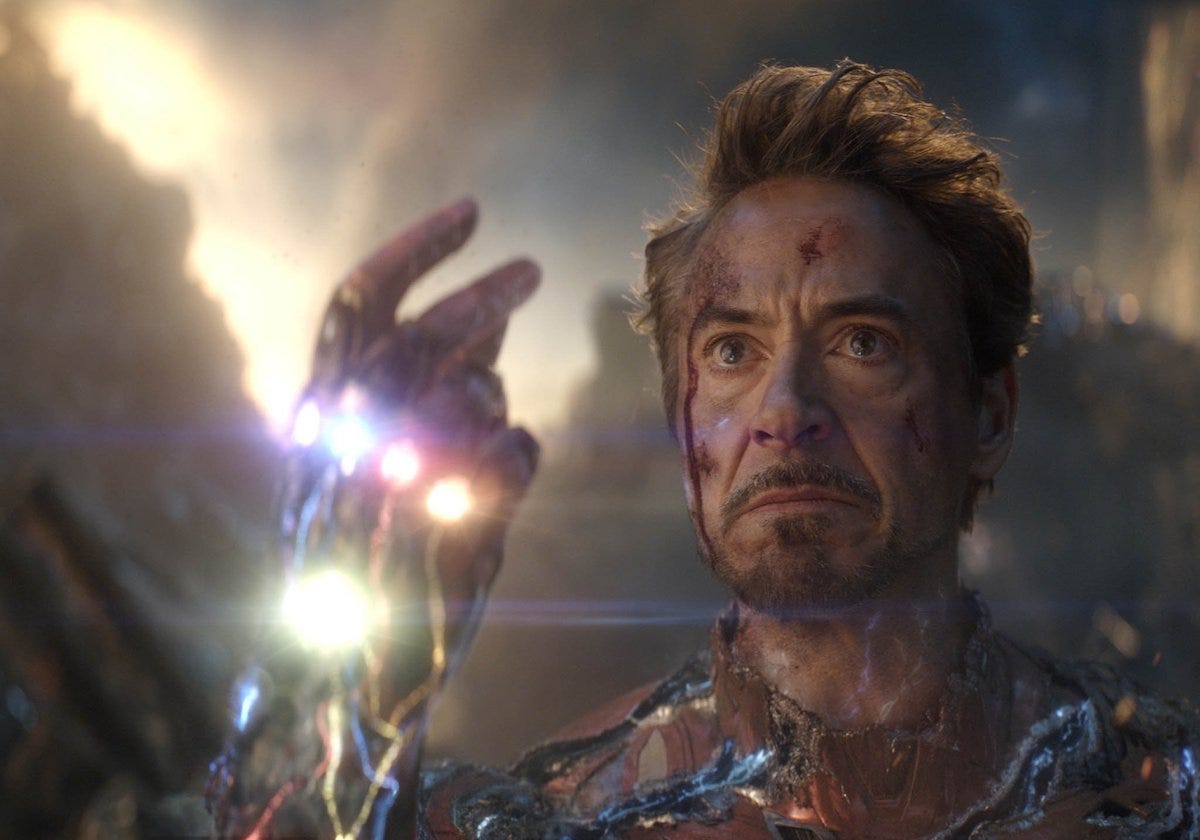

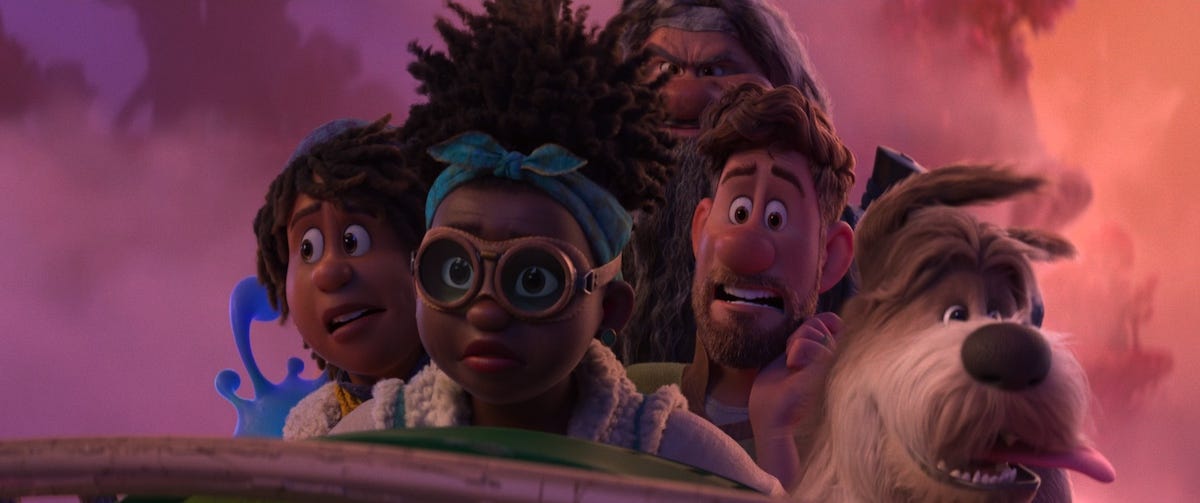






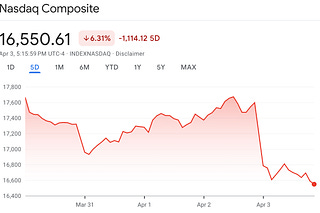
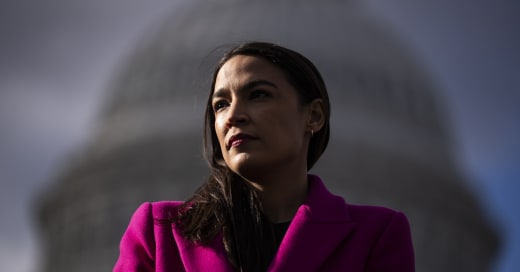


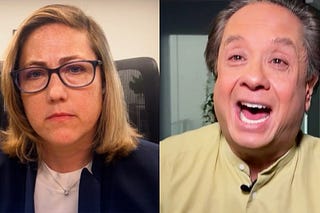

Anecdotal support: members of my family are both very pro-MAGA AND lifelong Disney devotees. IE: their idea of the perfect vacation is 2 weeks in Walt Disney world. They have NOT boycotted Disney or even considered it. To the contrary, they are taking TWO Disney cruises next year. Meanwhile, my extremely progressive Star Wars megafan husband had zero interest in Ashoka and only barely got through Obi Wan or Boba Fett. Disney is producing drek and people have too many options to spend their money at the theater to spend it on drek.
A couple of months ago I bought a years subscription to Disney plus, A mistake. But I did observe one thing about Disney that we often forget. They have made a ton of crappy movies just to get the few we fondly remember.. As a streaming service they are no different than netflix. They have a ton of crap to offer and they hope you will enjoy chow ing down on crap.